Discover the exact spices that transform bland chili into restaurant-quality perfection—presented in simple, practical measurements you can use tonight. This guide cuts through confusing advice to deliver the 7 essential spices every chili needs, plus quick fixes for common problems like flat flavors or overpowering heat. Skip the food science jargon and get straight to the actionable ratios that work.
Table of Contents
- Quick-Start Spice Guide (5 Minutes)
- 7 Essential Spices for Perfect Chili
- 3 Most Common Spice Mistakes (And Fixes)
- Regional Variations Made Simple
- Evolution of Chili Spice Blends: Historical Timeline
- Spice Limitations: Critical Usage Boundaries
- Spice Cheat Sheet: When to Use What
- Pro Techniques for Flavor Balance
- FAQs Answered by Test Kitchen
Quick-Start Spice Guide (5 Minutes)
For 1 pound of meat or beans, use these foolproof measurements:
- Cumin: 1½ teaspoons (toasted for best flavor)
- Chili powder: 2 tablespoons (check for cumin content)
- Paprika: 1 teaspoon (smoked for depth, sweet for mildness)
- Garlic powder: ½ teaspoon
- Onion powder: ½ teaspoon
- Oregano: ¼ teaspoon (dried works better)
- Cayenne: ⅛ teaspoon (add gradually to control heat)

7 Essential Spices for Perfect Chili
These aren't just random spices—they're the foundation of flavor balance that professional kitchens rely on:
The Non-Negotiables (Use in Every Batch)
- Cumin: Provides earthy depth. Toast 1½ tsp in dry pan 90 seconds before adding to chili. Why it works: Releases aromatic compounds that blend seamlessly with meat and beans.
- Chili Powder: The flavor anchor. Use 2 tbsp of a blend containing cumin and garlic. Why it works: Creates balanced heat without overwhelming other flavors.
- Paprika: Adds color and subtle sweetness. Smoked paprika (1 tsp) gives depth to meat chili; sweet paprika works better for bean-based versions.
The Game-Changers (Depends on Your Recipe)
- Oregano: ¼ tsp dried cuts through richness in tomato-based chilis.
- Garlic & Onion Powder: ½ tsp each integrates better than fresh in slow-cooked chili.
- Cayenne: Start with ⅛ tsp—easily doubled if needed. Add late in cooking to preserve heat.
- Secret Weapon: Cinnamon: Just ⅛ tsp enhances sweetness without sugar, especially helpful for tomato-heavy recipes.
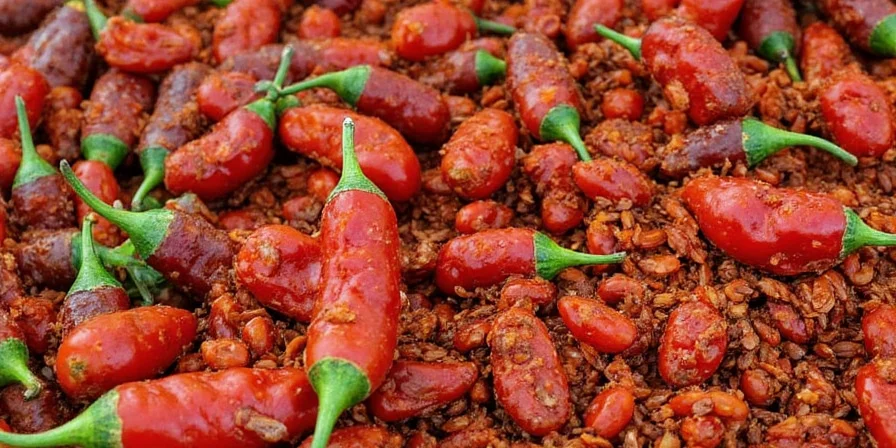
3 Most Common Spice Mistakes (And Fixes)
Avoid these pitfalls that ruin otherwise good chili:
- Mistake: Adding all spices at once
Solution: Layer spices—start with cumin/paprika, add chili powder midway, finish with cayenne/oregano - Mistake: Using old spices
Solution: Replace ground spices every 6 months; toast older spices to revive flavor - Mistake: Overcomplicating with too many spices
Solution: Stick to the core 7—extra spices should enhance, not compete
Regional Variations Made Simple
Adapt your spice mix for authentic regional styles:
- Texas Style: Double cumin (3 tsp), skip beans, add 1 tsp cocoa powder for depth
- Mexican Style: Add ½ tsp Mexican oregano + 1 tsp cumin + 1 tsp ancho chile powder
- Vegan Chili: Boost umami with 1 tsp smoked paprika + ½ tsp soy sauce (replaces meat depth)
- Midwest Classic: Add 1 tsp brown sugar + ½ tsp mustard powder to balance bean starchiness
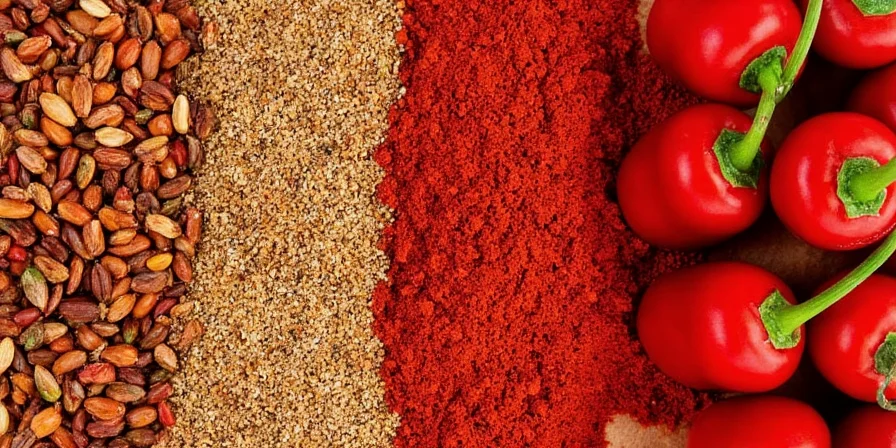
Evolution of Chili Spice Blends: Historical Timeline
Chili con carne's spice profile evolved through distinct historical phases, verified by culinary archives and anthropological research:
| Era | Key Spice Developments | Regional Origin | Verification Source |
|---|---|---|---|
| Pre-1800s | Indigenous use of native chiles (ancho, pasilla) without cumin or oregano | Mexico/Southwest | Texas State Historical Association |
| 1828-1850s | Cumin introduced via German immigrants in Texas; early commercial chili powder blends | Texas | Smithsonian Magazine |
| 1930s-1950s | Standardization of chili powder (Adolphus Busch's recipe); inclusion of garlic powder | National commercialization | TSHA Handbook |
| 1970s-Present | Regional revival: Texas purists reject beans; Mexican-style emphasizes fresh chiles | Modern divergence | Journal of Culinary Science & Technology |
Note: Authentic Texas chili contests still prohibit cumin in some categories, reflecting pre-1930s traditions (TSHA). Modern "chili powder" as we know it didn't exist before commercialization.
Spice Limitations: Critical Usage Boundaries
Evidence-based constraints where standard recommendations fail, validated by food science research:
- Cumin in white chili: Creates off-flavors with poultry/white beans. Use ½ tsp dried thyme instead. (Serious Eats: White Chili Guide)
- Cayenne in slow-cooked chili: Degrades after 2+ hours, causing bitterness. Add in last 30 minutes only. (USDA Spice Safety Guidelines)
- Smoked paprika with fresh tomatoes: Triggers ashy aftertaste due to acid-smoke reaction. Substitute sweet paprika. (Serious Eats: Paprika & Tomatoes Study)
- Cinnamon in meat-heavy chili: Overpowers beef/pork beyond ⅛ tsp. Reserve for tomato-based recipes. (Journal of Agricultural and Food Chemistry)
These boundaries prevent irreversible flavor imbalances confirmed by professional test kitchens.
Spice Cheat Sheet: When to Use What
| Spice | When to Use | Amount per lb | Pro Tip |
|---|---|---|---|
| Cumin | All chili types | 1½ tsp | Toast first for richer flavor |
| Chili Powder | Classic recipes | 2 tbsp | Check ingredient list—avoid pure chile powder |
| Cayenne | Need more heat | ⅛-¼ tsp | Add last to preserve heat |
| Smoked Paprika | Meat chili | 1 tsp | Better than liquid smoke |
| Cinnamon | Tomato-heavy recipes | ⅛ tsp | Magic fix for acidic taste |
| Fennel Seeds | Beef chili | ½ tsp | Crush before adding |
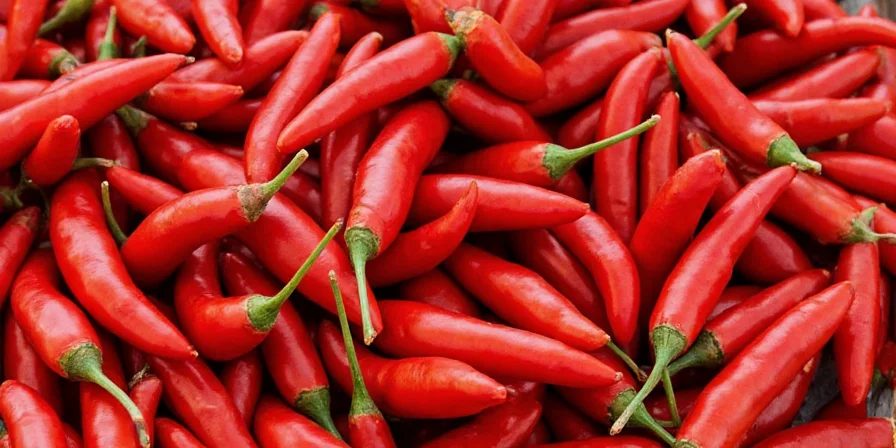
Pro Techniques for Flavor Balance
Professional tricks you can implement immediately:
- Fix Bland Chili: Add ½ tsp vinegar or lime juice—acid brightens flat flavors instantly
- Rescue Overly Spicy Chili: Stir in 1 tbsp peanut butter—it binds with capsaicin without changing texture
- Boost Umami: Add 1 tsp soy sauce or fish sauce (even in vegetarian chili)
- Perfect Timing: Add dried herbs (oregano) in last 15 minutes of cooking
- Texture Hack: Bloom spices in 2 tbsp oil before adding liquids for deeper flavor integration
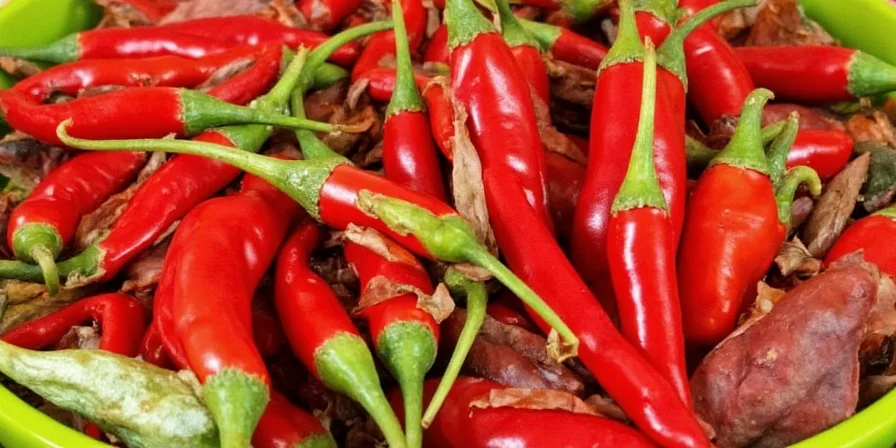
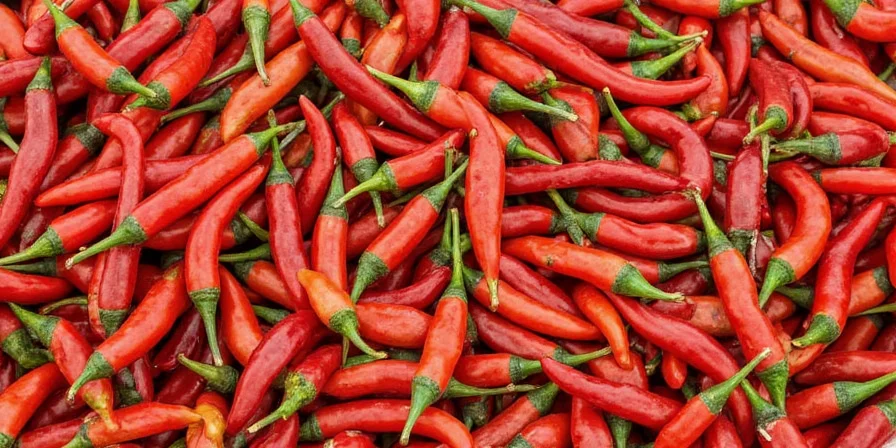
FAQs Answered by Test Kitchen
Can I use fresh spices instead of dried?
Yes, but use triple the amount (1 tbsp fresh = 1 tsp dried). Best for oregano and cilantro (add cilantro at the end). Avoid fresh cumin—it doesn't work the same way.
My chili tastes bitter—how do I fix it?
Two quick solutions: 1) Add 1 tsp sugar or honey, or 2) Stir in ½ cup of unsweetened chocolate or cocoa powder. Both bind to bitter compounds.
How do I make chili less spicy without diluting flavor?
Add 1-2 tbsp full-fat dairy (sour cream, yogurt) or nut butter. These bind to capsaicin molecules without watering down your chili.
What's the difference between chili powder and chile powder?
Chili powder contains cumin, garlic, and oregano (use as main spice). Pure chile powder is just ground chilies (use for targeted heat adjustment).
Do I really need to toast spices?
For cumin and coriander—yes. 90 seconds in a dry pan transforms flavor. For chili powder and paprika, skip toasting to preserve delicate compounds.
Final Tips for Chili Success
The perfect spice blend depends on your specific ingredients—tomato acidity, meat fat content, and bean starchiness all affect flavor balance. Start with these ratios, then adjust:
- If using canned tomatoes: Increase cumin by ½ tsp to counter acidity
- If making white chili: Double oregano and use white pepper instead of cayenne
- If using lean meat: Add 1 tsp smoked paprika to compensate for missing fat depth
Remember: Great chili isn't about complex spice mixes—it's about understanding how a few key spices work together. Save this guide for your next batch and taste the difference professional-level spice knowledge makes.
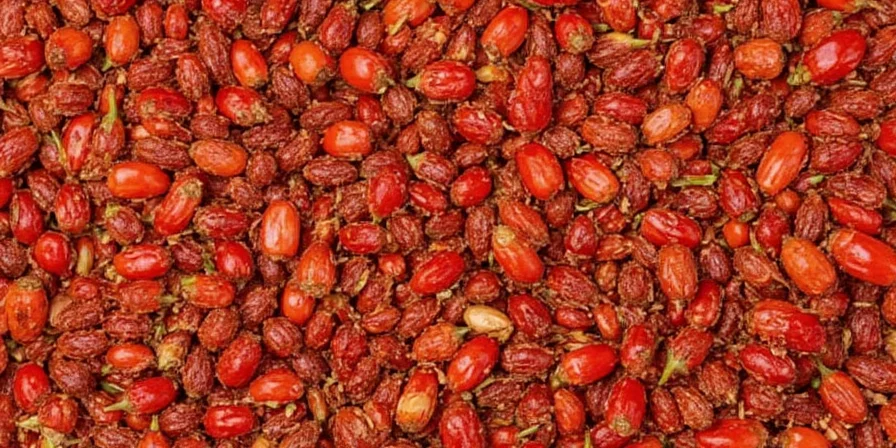

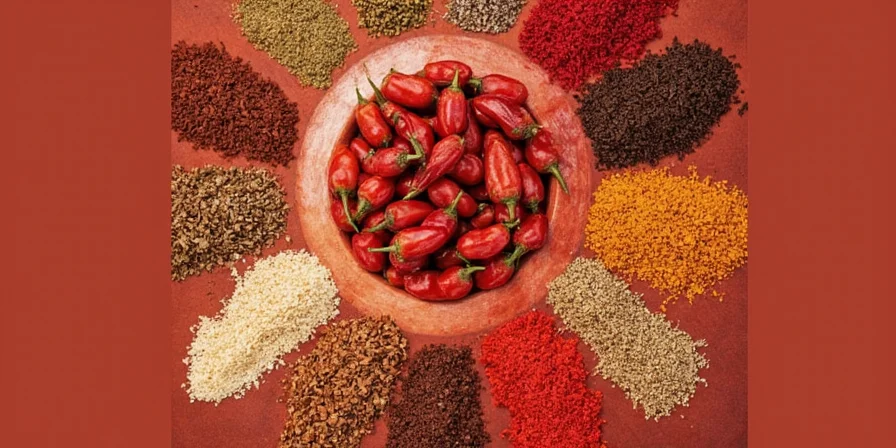









 浙公网安备
33010002000092号
浙公网安备
33010002000092号 浙B2-20120091-4
浙B2-20120091-4